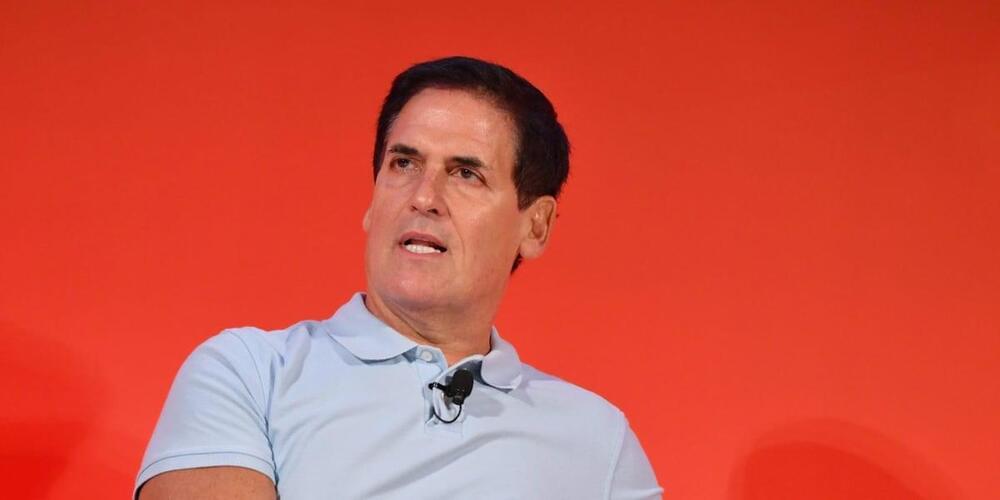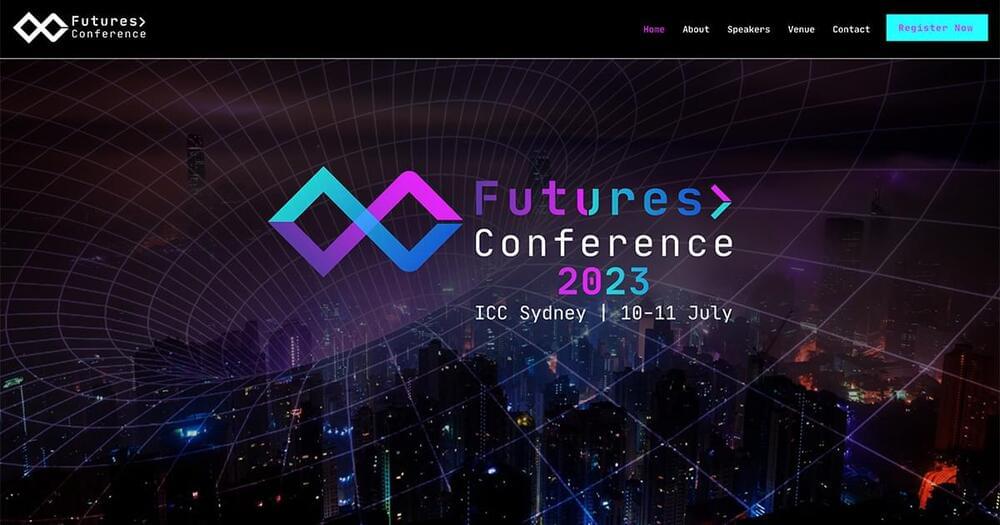“There [are] two types of companies in the world: Those who are great at AI and everybody else,” Mark Cuban said.
Category: business – Page 61
One California-based startup, Varda Space Industries, is betting that big business will lie in relatively unassuming satellites that will spend days or months in Earth’s orbit quietly carrying out pharmaceutical development. Its research, company officials hope, could lead to better, more effective drugs — and hefty profits.
“It’s not as sexy a human-interest story as tourism when it comes to commercialization of the cosmos,” said Will Bruey, Varda’s CEO and cofounder. “But the bet that we’re making at Varda is that manufacturing is actually the next big industry that gets commercialized.”
Varda is expected to launch its first test mission Monday aboard a SpaceX rocket. A window for take-off from Vandenberg Space Force Base in California begins at 2:19 p.m. PT.
Internet of Things technology is expanding quickly across industries. The growth is unsurprising—after all, the data derived can drive improvements in productivity and customer service, speed up innovation, lead to cost savings by powering predictive maintenance, and more. Businesses can implement IoT technology to monitor their internal systems, manage their equipment or enhance the consumer products they sell.
However, whether a business develops and manages its own products and systems or purchases equipment and service from a vendor, it must be aware of the challenges that can come with IoT tech, which include addressing the increased cybersecurity risk, managing a potentially massive influx of data and more. Below, 15 members of Forbes Technology Council share some of the challenges they foresee for businesses implementing IoT technologies in the next few years and how those issues can be overcome.
The experiments are the first of their kind and could lead to new advances in computing.
A team at the University of Chicago.
Founded in 1,890, the University of Chicago (UChicago, U of C, or Chicago) is a private research university in Chicago, Illinois. Located on a 217-acre campus in Chicago’s Hyde Park neighborhood, near Lake Michigan, the school holds top-ten positions in various national and international rankings. UChicago is also well known for its professional schools: Pritzker School of Medicine, Booth School of Business, Law School, School of Social Service Administration, Harris School of Public Policy Studies, Divinity School and the Graham School of Continuing Liberal and Professional Studies, and Pritzker School of Molecular Engineering.
A unique use case for AI is around enhanced transaction monitoring to help combat financial fraud. Traditional rule-based approaches to anti-money laundering (AML) use static thresholds that only capture one element of a transaction, meaning they deliver a high rate of false positives. Not only is this hugely inefficient, but it can also be very demotivating for staff. With AI, multiple factors can be reviewed simultaneously to extract a risk score and develop an intelligent understanding of what risky behavior looks like. A feedback loop based on advanced analytics means that the more data is collected, the more intelligent the solution becomes. Pinpointing financial crime becomes more efficient and employees also benefit from more free time to focus efforts on other areas of importance like strategy and business development.
Thanks to its ever-increasing applications to evolving business challenges, regulators and financial institutions can no longer turn a blind eye to the potential of AI, with the power to revolutionize the financial system. It presents unique opportunities to reduce the capacity for human error, costing highly regulated industries billions each year.
What’s clear is that some technologies will, over time, become too difficult to ignore. As we saw with the adoption of the cloud, failure to embrace innovative technologies means organizations will get left behind. The cloud was once a pipedream, but now it’s a crucial part of all business operations today. Businesses implemented (or are in the process of implementing) huge digital transformation projects to migrate business processes to the cloud. Similarly, new organizations will kickstart their businesses in the cloud. This is a lesson that technologists must remain alert and continue to keep their finger on the pulse when it comes to incorporating fresh solutions.
Here’s what Silicon Valley Business Journal senior reporter Max A. Cherney had to say on KQED’s Forum about Nvidia and the AI boom.
A California-based startup called JetZero has a different idea: changing the shape of commercial planes and the material they’re made of. The company unveiled its designs for the midsize commercial and military tanker-transport markets this spring, and has big plans to upend the way air travel looks and feels—as well as how much it costs and how much carbon it emits. Tony Fadell, founder of venture capital firm Build Collective and a JetZero investor and strategic advisor, thinks the company could be the “SpaceX of aviation” due to its potential to disrupt the existing business model.
JetZero’s planes, which are still in the concept/prototype phase, have a blended wing body design. That means the wings merge with the main body of the aircraft, rather than being attached to a hollow tube like the planes we travel in today. Picture the body of a manta ray: wide and flat, it tapers off to a narrower fin at each side, with a head and a tail. A blended wing body aircraft isn’t terribly different, though on JetZero’s models the body isn’t quite as wide.
Besides providing a lot more space, this design is more aerodynamic than tube-and-wing planes. JetZero plans to fly its planes at higher altitudes than today’s norm (40 to 45,000 feet rather than 30 to 35,000), and says its airframe will cut fuel burn and emissions in half. It plans to make its planes out of carbon fiber and kevlar (a strong lightweight fiber used for things like body armor, bulletproof vests, car brakes, boats, and aircraft). The company says its planes’ lighter weight and improved aerodynamics would be able to fly at the same speed and range as existing midbody jetliners, but burn half as much fuel in the process.
New technologies will be able to wrap around legacy bank systems and create a new layer of data attribution, ushering in a modern era for accounting and business finance.
AI-enabled accounting takes a proactive approach to processing financial information. This means reducing the likelihood of errors, ensuring greater consistency across the ledger and allowing continuous data monitoring.
Where once bad or missing transaction information led to messy books and uninformed business decisions, advances in AI can now use context clues to categorize transactions accurately from the outset—getting us to a world where transactions can actually be “self-documenting.” This will make accountants’ and business owners’ lives easier while improving overall operating efficiencies.
The Futures Conference is coming to Sydney, Australia. Metaverse means Community. Technology is the pathway to the Future. The Arts meets Science meets Tech meets Business.
Tobi Alaji grew up as an artist who loved designing and creating new things. Today, she has merged her love for art and skill in software development to build the tech empire, ‘TECHTEE’ which she runs. TechTee is a digital agency and software house that creates an all-around digital experience by combining the best software with the most intriguing customer-centered designs.
TechTee is one of the world’s first Black-owned and woman-founded digital agency according to nftnow. The company boasts of collaborations with famous companies like Deutsche Bank, La Perla, NBC, M&S, and Apple, among others.
In an interview with Business Leader, she shared that she never wanted to own a business growing up because she never understood what it entailed. However, when she was 17, Tobi taught herself Java from a software development book she picked in the Shepherds Bush Library. Since then, she continued to teach herself and practice coding.








